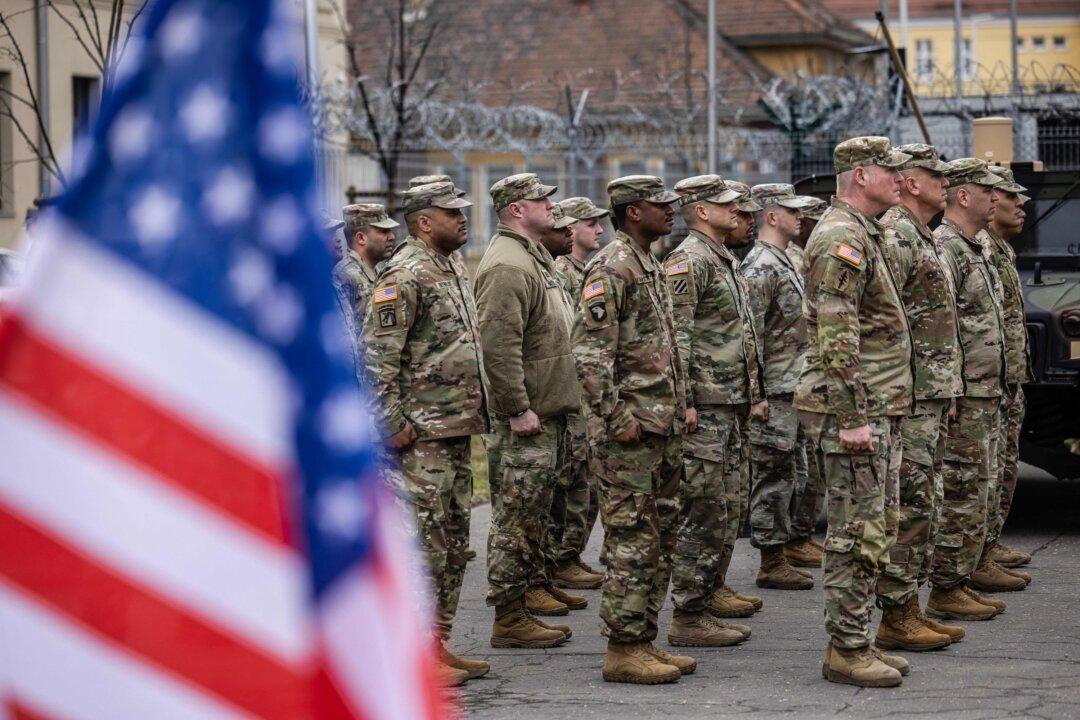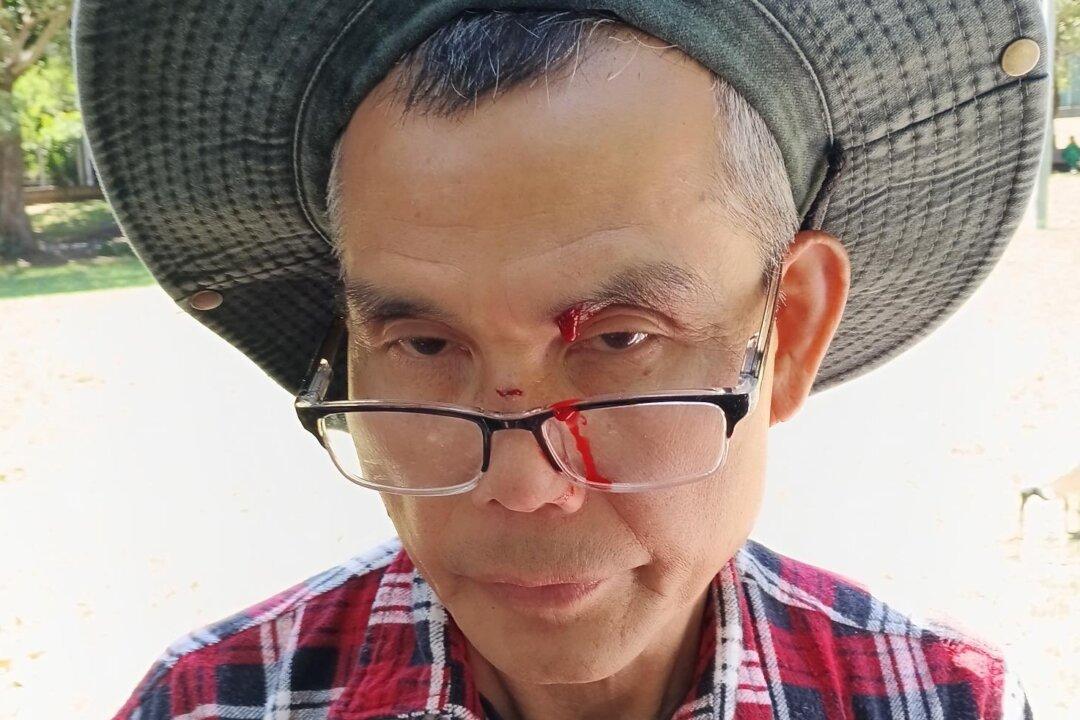A U.S. military command—akin to U.S. Forces Japan—should be established in Australia to help overcome the cultural differences between the allies, says one senior official.
U.S. Army Colonel Alan W. Throop said the U.S. Department of Defense often misunderstood just how much smaller the Australian Defence Force (ADF) is, in a report for the Australian Strategic Policy Institute.





